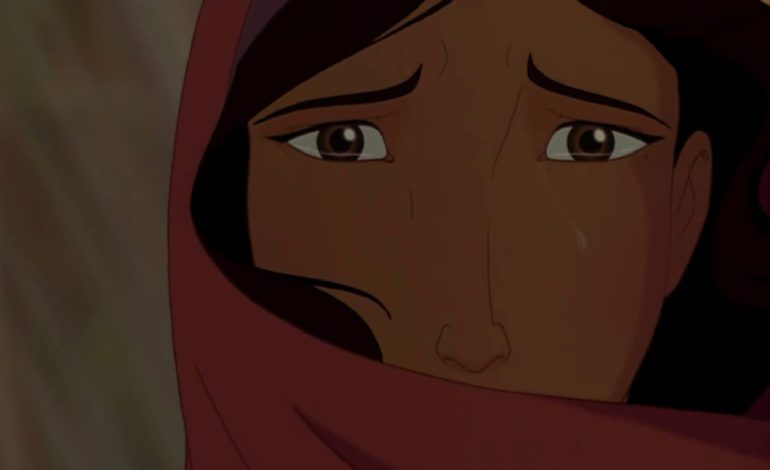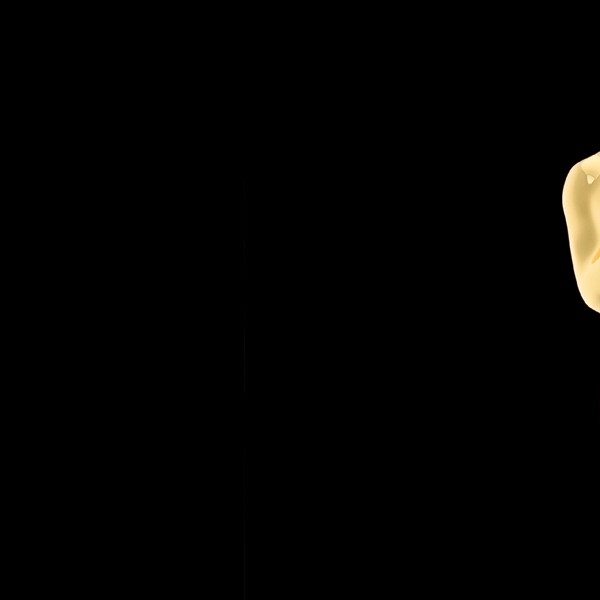

It was the year 1998 and DreamWorks Animation had released its second animated feature film The Prince of Egypt. The mere production of the film itself could be interpreted as risky, especially considering how DreamWorks was founded with the intention to compete with animation titans Disney and Pixar. The film was bold in a sense that the narrative was based around the story of Moses which appears in both the Torah and Bible. Hollywood is known to depict anti-religious or apathetic sentiments toward religion and faith in general, so for The Prince of Egypt to be given the green light and produced at all is a marvel in itself.
The Prince of Egypt proved itself as a worthy competitor to Disney and Pixar through its impressive box office returns, grossing $218 million worldwide on a $70 million budget. For comparison, Disney’s Mulan (1998) boasted a budget of $90 million and garnered $304 million. The film also gained critical acclaim for its stellar musical score by Stephen Schwartz and Hans Zimmer, culminating in an Oscar for Best Original Song (“When You Believe”).
We follow Moses (Val Kilmer, singing by Amick Byram) and Ramesses II (Ralph Fiennes) as the brothers grow apart due to the inevitable calling of their conflicting destinies. The story primarily centers around Moses as he discovers that he’s chosen by God (also voiced by Val Kilmer) to lead the Hebrews out of slavery. The film’s opening immediately engages the viewer with its grandiose animation and the heart-wrenching “Deliver Us.” During this sequence, baby Moses is taken in by Queen Tuya (Helen Mirren, singing by Linda Dee Shayne) as one of her own, and the plight of the enslaved Hebrew people draws immediate sympathy from the audience as they suffer at the hands of the tyrannical Pharaoh Seti I (Patrick Stewart).


The film delves strongly into character work and its themes are universally understood by children and adults alike. Moses and Ramesses share a special connection as brothers. In the short time they are together, their dialogue and interactions come from a place of genuine kinship that is heartbreaking to see shattered by the different paths they take later on in life. Moses soon learns of his true heritage as a Hebrew, which causes him to spiral into a crisis of identity in terms of what his place in the world is. The imagery of how the truth is revealed to Moses is crafted beautifully through the film’s visual storytelling.
Shocked to see that his people that are oppressed at the hands of the Egyptians who raised him, Moses flees into the wilderness. It is there that he meets the nomadic Midians and is given a new perspective by the Midian priest Jethro (Danny Glover, singing by Brian Stokes Mitchell). Most notably, however, is when Moses meets God in the form of a burning bush. God commands him to free the Hebrews from slavery, which forces him to confront the past he willingly left behind. The animation in the burning bush scene flows incredibly well as complemented by the ethereal orchestral backdrop.
And so, Moses makes his way to Egypt to see Ramesses, who is now the new Pharaoh. Ramesses has followed in the footsteps of his father and continued the abusive cycle of power, completely blind to the suffering of the Hebrew people. Forcibly at odds with the other, Moses demands that his brother free his people. When Ramesses refuses, he inadvertently unleashes hell onto the Egyptians. “The Plagues” score is masterfully rendered with the composition of the animated sequences, perfectly encapsulating the plight the Egyptians endure through each plague. Despite the suffering of his own people, Ramesses continues to refuse to let Moses’ people go. It isn’t until the death of his son that he relents and allows the Hebrew people their freedom.


The story of Exodus is cruel and harsh, one that would seem to not fit the simpler conditions needed for a children’s movie. The opening sequence of the film alone depicts slavery and ethnic cleansing.. However, The Prince of Egypt manages to balance child-friendliness while still being able to implement deeper and more complex themes for adults to dissect and appreciate. The expressive animation and lighthearted exchanges between characters assist in making the viewing of the story more digestible to younger audiences. All the while, the film doesn’t hold back when exhibiting its more mature themes through the use of great shot composition, direction, and an outstanding score.
Overall, The Prince of Egypt’s greatest achievement is how it can connect to all people universally, despite their differing faiths or lack thereof. The movie is able to convey a compelling and profoundly human story that resonates with everyone because of its themes of hope, faith, and identity.

